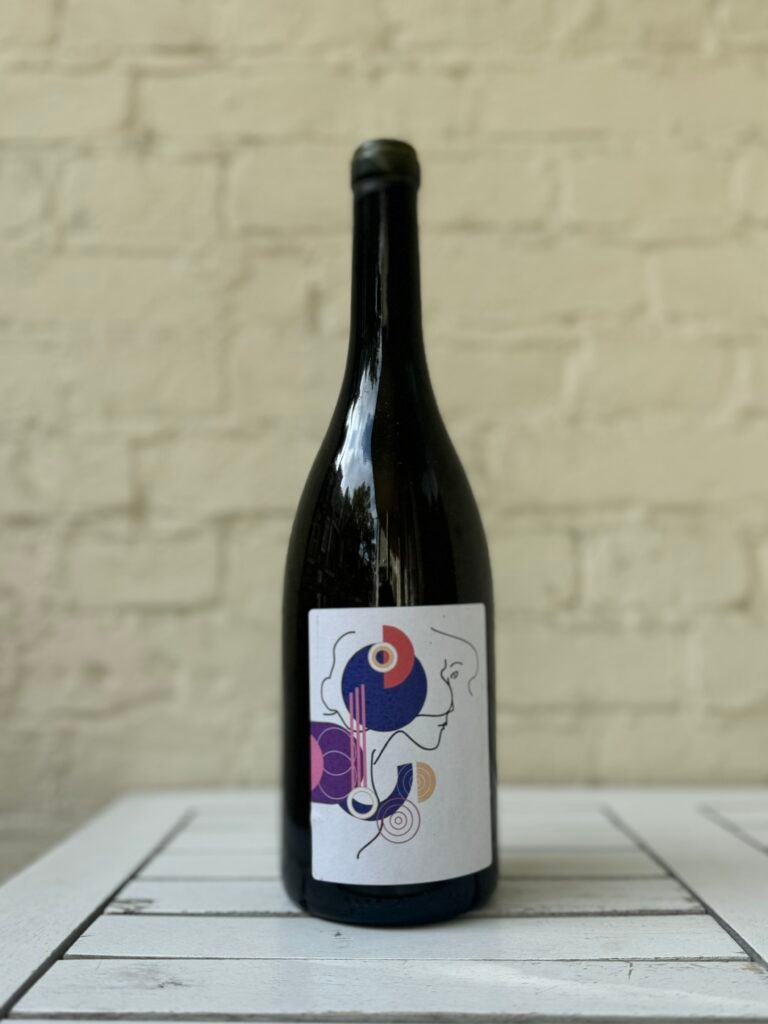Badacsony
BADACSONY
The Badacsony wine region, nestled on the northern shore of Lake Balaton in Hungary, is renowned for its unique terroir, with the crown jewel being the volcanic St. George Hill. This picturesque region, often referred to as the “Tuscany of Hungary,” boasts a landscape shaped by volcanic activity millions of years ago, resulting in a terroir that imparts distinctive characteristics to the wines produced here.
Terroir
At the heart of Badacsony lies the iconic St. George Hill, an ancient volcanic formation that shapes the distinctive terroir of this wine-growing region. The volcanic soils, a mosaic of basalt remnants, tuff, and volcanic debris, yield a unique mineral complexity to the wines. The mineral-rich composition, coupled with the temperate microclimate influenced by Lake Balaton, bestows a distinct character upon the grapes grown here.
The Essence of St. George Hill Terroir St. George Hill’s vineyards, clinging to steep slopes and cliffs, experience a microclimate influenced by the lake’s moderating effects. The proximity to Lake Balaton mitigates extreme temperature fluctuations, fostering a longer ripening period for the grapes. This extended ripening time allows for a gradual accumulation of sugars and retention of natural acidity, contributing to the wines’ finesse and balance. The volcanic terrain infuses the wines with a pronounced mineral quality, accentuating their depth and complexity.
Climate Conditions
The Badacsony wine region benefits from a unique microclimate shaped by the nearby Lake Balaton. The lake, the largest in Central Europe, acts as a natural temperature regulator, moderating the climate throughout the year. The cool breezes emanating from the lake during hot summers and the mitigating effect on winter temperatures create an ideal environment for viticulture. This balance of warmth and cooling influences the grapes, resulting in wines that showcase both ripe fruit flavors and vibrant acidity.
Grape Varieties
The Badacsony region embraces indigenous grape varieties that thrive in this distinct terroir. Olaszrizling, also known as Welschriesling, is a cornerstone grape of the region. This versatile varietal produces crisp, aromatic white wines characterized by notes of citrus, green apple, and a subtle minerality, reflecting the volcanic soil’s influence.
Kéknyelű, an indigenous grape variety, holds a significant place in the viticultural landscape of Badacsony. This rare grape variety, meaning “blue-stemmed” in Hungarian, creates wines with a distinct character marked by rich texture, vibrant acidity, and a unique aromatic profile. Kéknyelű wines often exhibit flavors of ripe fruits, herbs, and a distinctive minerality, showcasing the terroir’s influence on this exceptional grape.
Another significant grape variety in Badacsony is Szürkebarát, known internationally as Pinot Gris. This grape thrives in the region’s volcanic soils, developing wines with a rich texture, vibrant acidity, and flavors ranging from ripe stone fruits to floral and spicy notes.
Local winemakers, recognizing the significance of St. George Hill’s terroir, have embraced sustainable and traditional viticultural practices to preserve the authenticity of the wines. The combination of ancient volcanic geology, elevation, and the meticulous care taken by vintners results in wines that not only reflect the distinctive character of the Badacsony region but also capture the essence of Hungary’s winemaking heritage.
- Winemakers from this region :
- PAP Wines
- 2HA
- Region size :
- 1400 ha
- Main varities :
- Olaszrizling/Welschriesling
- Kéknyelű
- Szürkebarát/Pinot Gris
- Soil and terroir :
- Eroded Basalt an Tuff integrated in Pannon loess
- Loess









